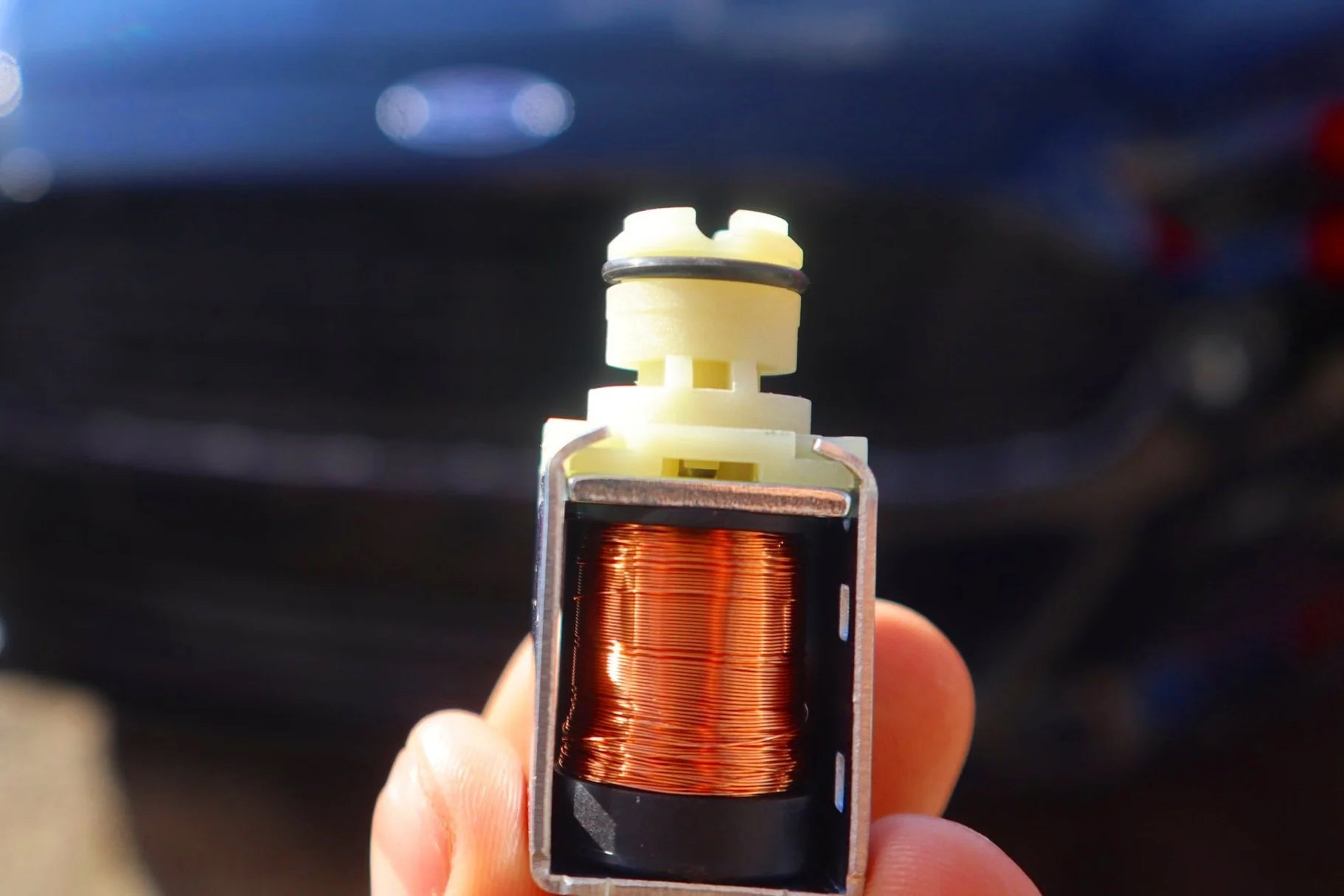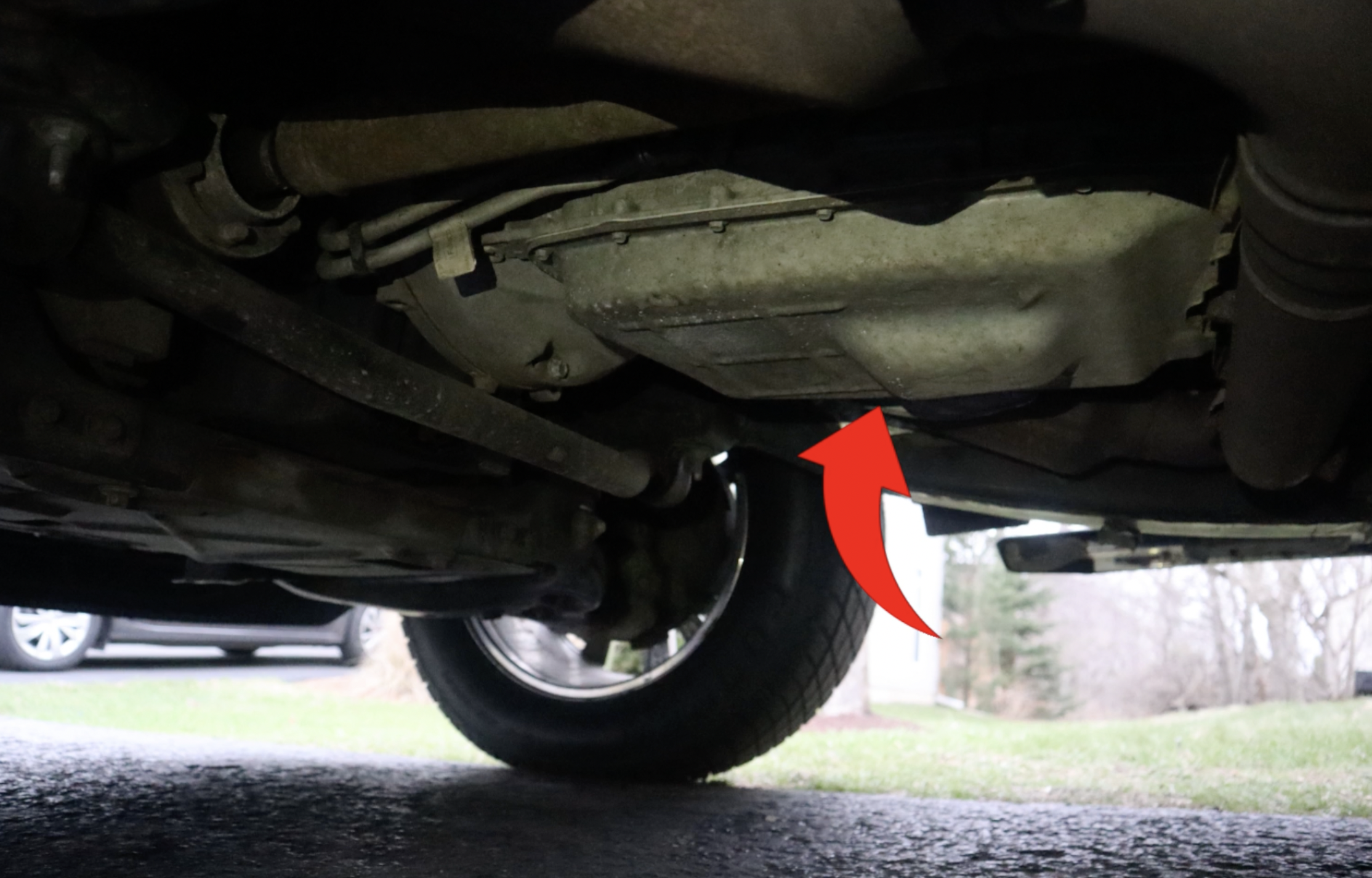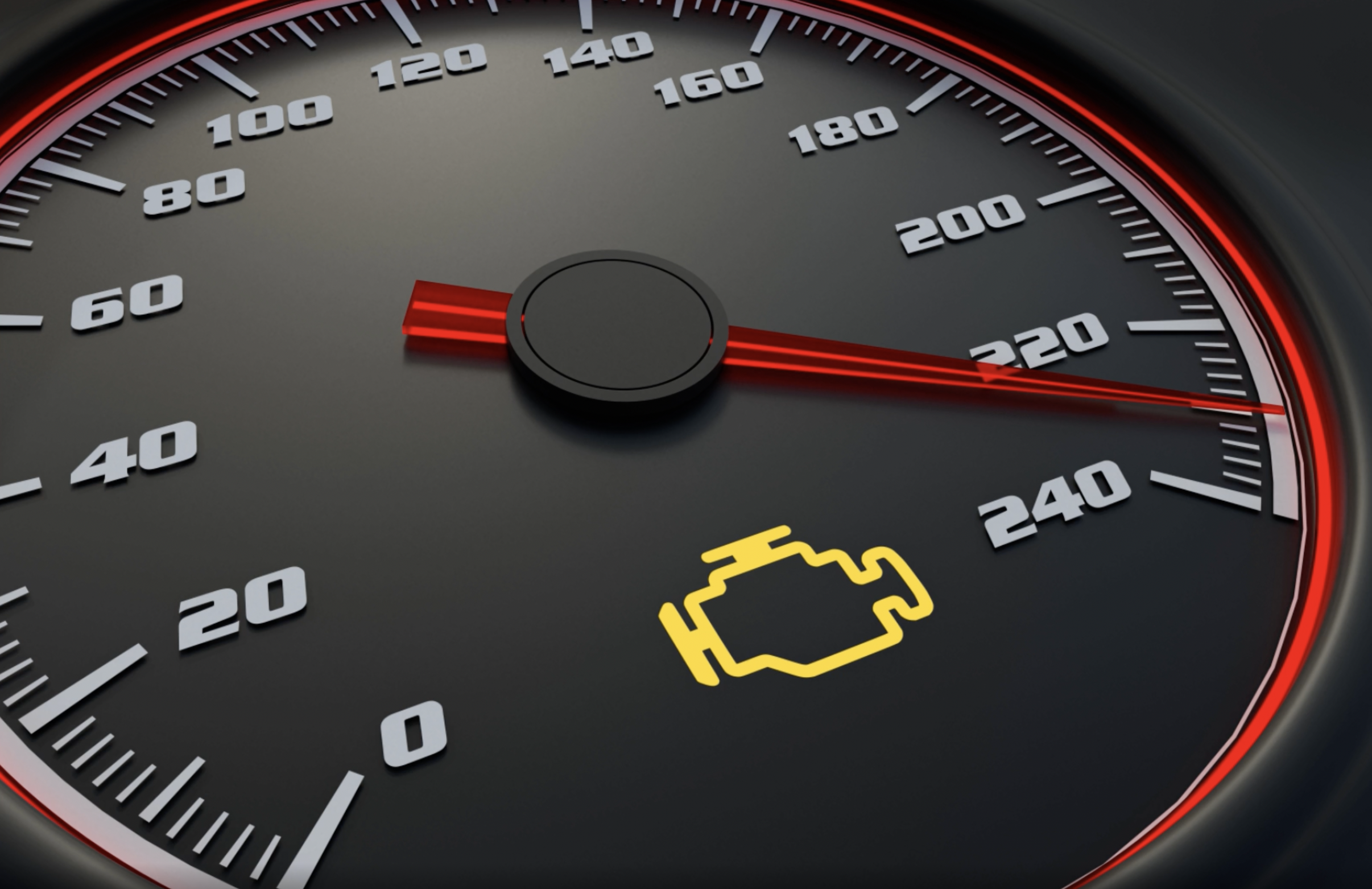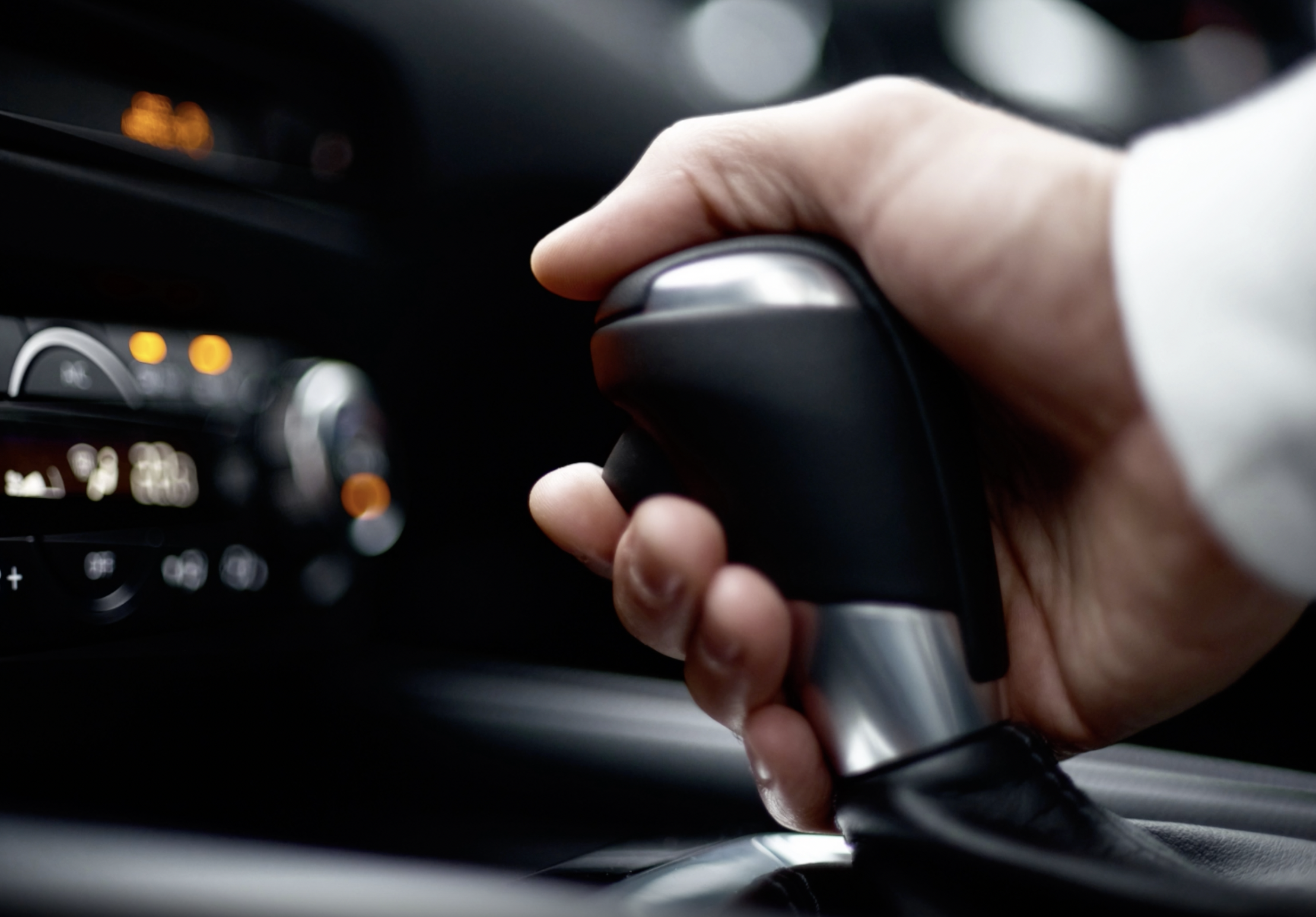SYMPTOMS OF A BAD TRANSMISSION SHIFT SOLENOID
purpose
The transmission shift solenoid's purpose is to open up and allow fluid to pass through the valve body. The channels inside the valve body lead to the automatic transmission to pressurize clutch packs and bands to activate specific gear changes. These solenoids get activated by the transmission control module, depending on the vehicle’s speed sensors and others.
LOCATION
The transmission shift solenoid will typically be located underneath the transmission oil pan around the valve body.
symptoms
Engine light
The first symptom of a bad transmission shift solenoid is having an engine light on. If the transmission control module detects anything wrong with the sensors, it will turn on the engine light to warn the driver and set a diagnostic code. Some cars also come with a transmission light.
Here are some codes related to a faulty transmission shift solenoid:
P0750 (Shift Solenoid A)
P0755 (Shift Solenoid B)
P0760 (Shift Solenoid C)
P0765 (Shift Solenoid D)
P0770 (Shift Solenoid E)
Ensure you can access your car's diagnostic codes by acquiring an OBD2 scanner here.
gear shift delay
The second symptom of a bad transmission shift solenoid you might be experiencing is a gear shift delay. This happens because the solenoids can get dirty and clogged over time due to dirty transmission fluid. Having dirty solenoids could reduce the fluid pressure from passing through efficiently, delaying the time for the gear change.
Can’t shift gears
The third symptom of a malfunctioned transmission shift solenoid is your transmission not being able to change gears. If the shift solenoid is stuck closed, the fluid will never be able to pressurize through the valve body to activate the specific clutch packs and bands inside the transmission to change gears.
limp mode
The last symptom of a bad transmission shift solenoid is your car going into limp mode. Limp mode is a safety feature that protects you and your car. Since the shift solenoid is responsible for changing gears in your car, if it fails your safety will be at risk. That’s why limp mode gets activated. You’ll feel your car a lot slower, your rpm’s and speed will be limited, and usually, you’ll be stuck in second or third gear.
Check out my YouTube video!
Disclaimer: Some links in this article may be affiliate links.







